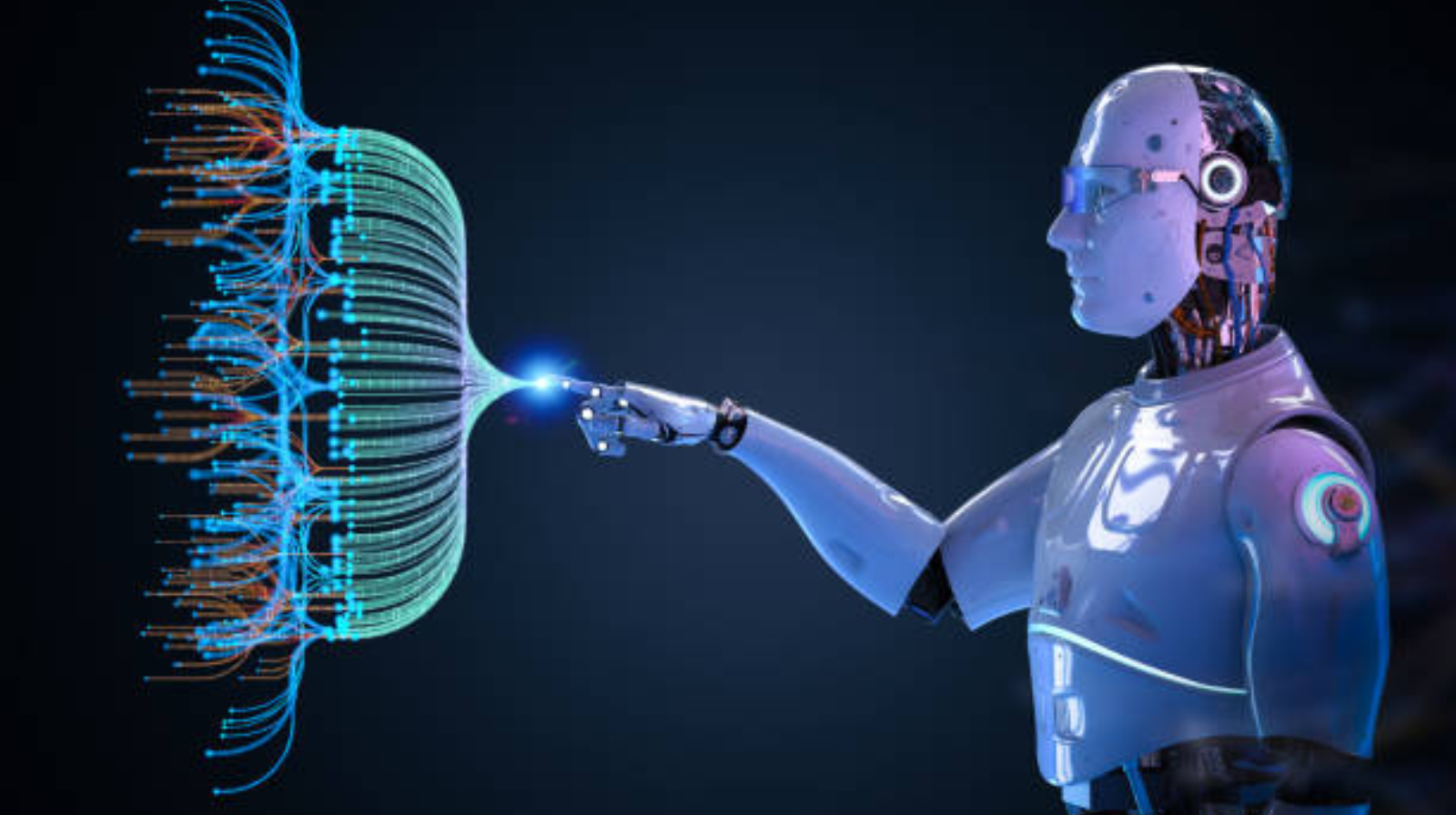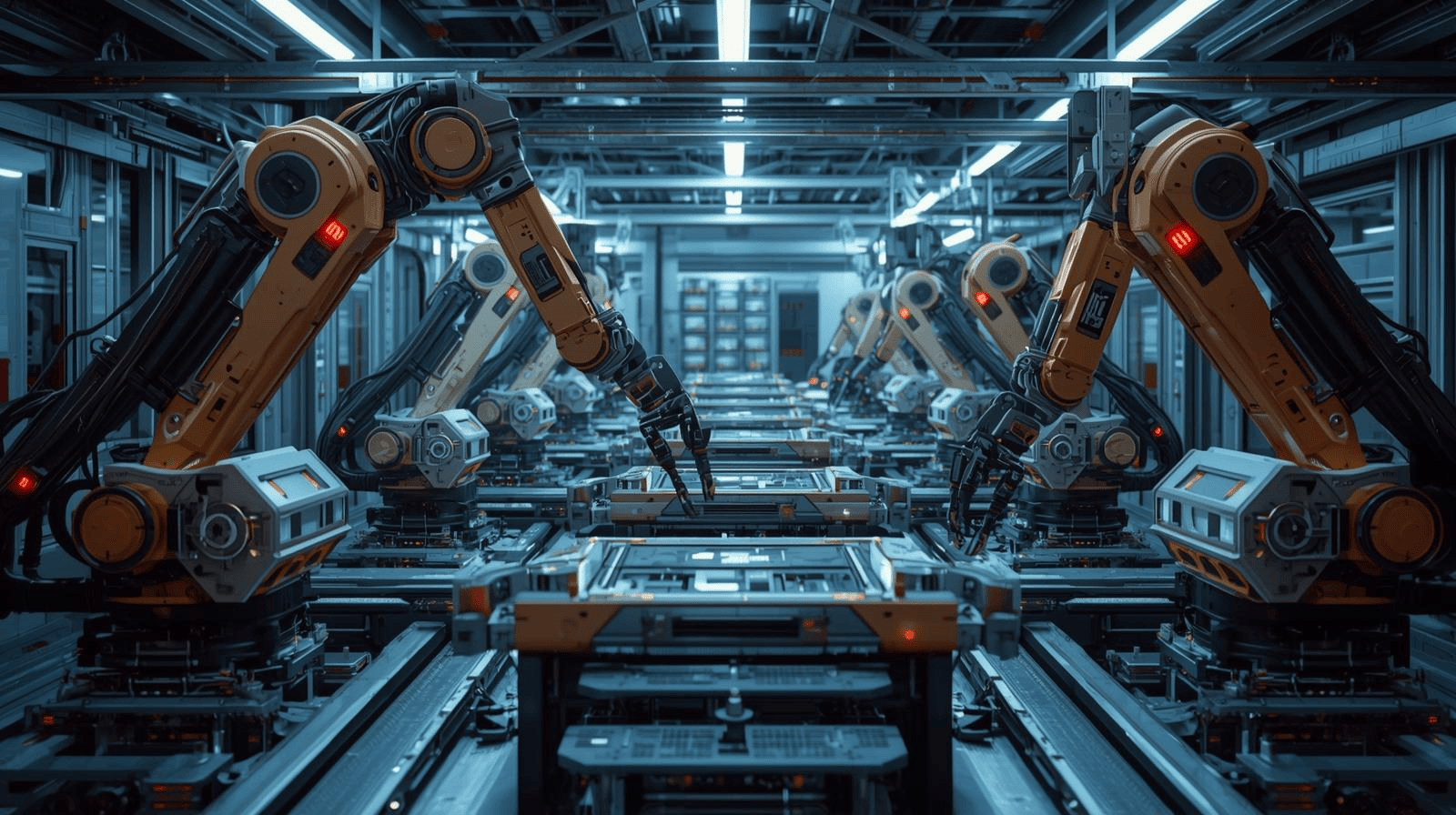
Machine Learning (ML) and Artificial Intelligence (AI) are reworking the way supply chains and logistics function in the United States. These technologies have become essential to the contemporary company since they help in forecasting the demand and optimizing the inventory, transportation streamlining, and minimization of costs. With the increase in complexities in global markets, and increasing customer demands, American businesses are using AI and ML to create smarter, quicker and more resilient supply chains.
AI has become a reality and not a far-fetched idea, but rather a business requirement that all businesses wishing to remain competitive should adopt. The AI in supply chain management is able to utilize data, algorithms and predictive analytics to make decisions traditionally based on human judgment .
AI assists companies by analyzing huge amounts of data on sales, manufacturing, weather forecasts and delivery, etc.
As an illustration, companies can proactively change operations because AI-based systems will send warning signals when a supplier may fail to meet delivery times in case of weather conditions or political unrest.
Machine learning is a sub-field of AI, which brings the optimization of logistics to a new dimension. It allows systems to memorize the past trends and optimize their performance in an ongoing manner without human involvement.
This is the way ML is transforming the logistics in the U.S.:
To design the most effective routes, machine learning models use traffic, fuel prices, weather and delivery history, and so on. These insights are used by the logistics companies to cut on the fuel expenses and improve the time taken to deliver the goods.
ML algorithms are able to forecast the moments when trucks, ships or aircraft require maintenance before their breakdown. This does not only eliminate unnecessary delays that are costly, but also enhances the reliability and safety of the fleet.
ML assists businesses to sustain the most effective levels of stock by analyzing the data on sales, consumer demand trends, and seasonal variations and ensures that the company neither holds stock that is spoiled nor runs out of it.
Warehouse systems based on robotics and AI are changing the logistics hubs. These intelligent systems increase speed and accuracy, reduce the cost of labor and provide real-time tracking of products, automated picking, and packing.
By detecting anomaly transactions or inconsistencies along the supply chain, which may be signs of fraud or compliance problems, AI models can save enterprises millions of dollars in financial losses and penalties imposed by the government.
The combination of AI and ML presents quantifiable outcomes, which are changing American businesses: Increased Effectiveness: Such repetitive tasks like order tracking and documentation are automated, which saves time and human error.
Almost all the industries related to logistics and supply chain management are being implemented using AI and machine learning.
The above applications demonstrate AI and ML will not be an option but rather a necessity of operational excellence.
Although there are advantages, it may not be easy to adopt AI and ML in supply chains. Some common hurdles include:
To address these issues, organizations should implement robust data governance guidelines, make investments in training and work hand-in-hand with technology vendors that are focused on integrating AI.
The future of supply chain management in the U.S. is smart, self-driven, and data-driven. AI and ML will keep improving to allow end-to-end visibility and predictive control with almost zero downtime operations.
With the maturation of these technologies, American businesses will not be left behind in the reactive supply chain management to the proactive, predictive and even the self-optimizing systems.
Artificial intelligence and machine learning are transforming the processes of supply chain management and logistics of United States based businesses. These technologies are lowering costs, increasing efficiency and customer satisfaction by automating processes, forecasting demand and optimizing routes.
The future of the market is full of those companies that will adopt AI as a tool and more than a strategy in an increasingly competitive market. The synergies between AI and ML are transforming supply chains into intelligent ecosystems to adjust to changes, learn, and strive in a world that is speedy and innovation-focused.

Explore how AI is transforming U.S. industries through automation, generative tools, ethical governance, and innovation shaping America’s digital future.

Discover how AI in U.S. healthcare improves diagnostics and delivers measurable ROI through predictive analytics, automation and personalized care.

AI is transforming U.S. app development. American firms use tools like ChatGPT and GitHub Copilot to empower developers without replacing human creativity.

Discover how AI is transforming U.S. manufacturing. Learn which sectors from automotive to aerospace and pharmaceuticals are leading the AI revolution in 2025.

In 2025, U.S. hospitals use AI to spot sick patients early, cut repeat visits and make care faster, safer and easier for doctors and patients.